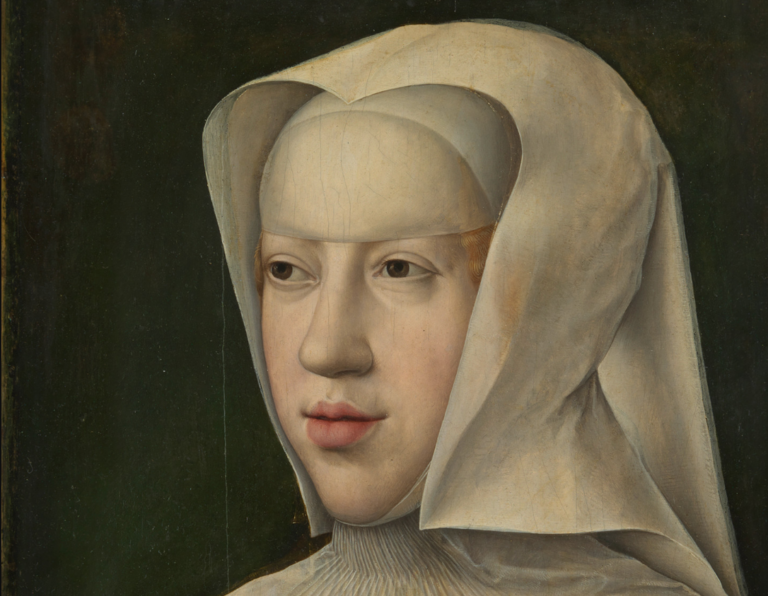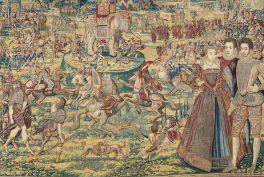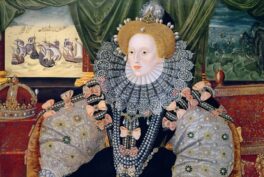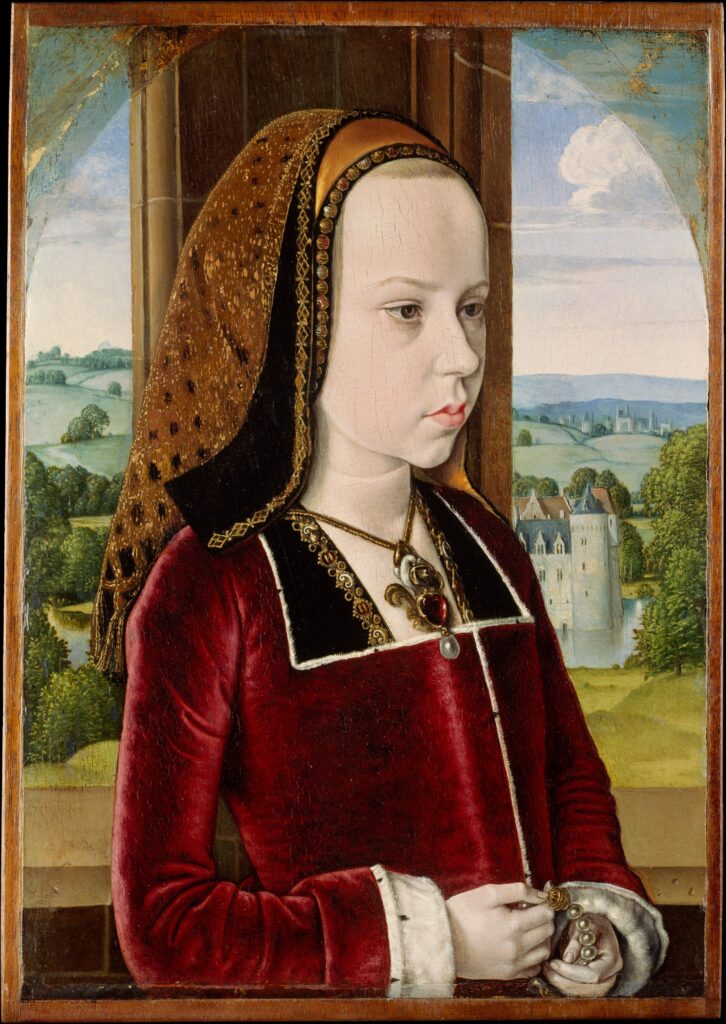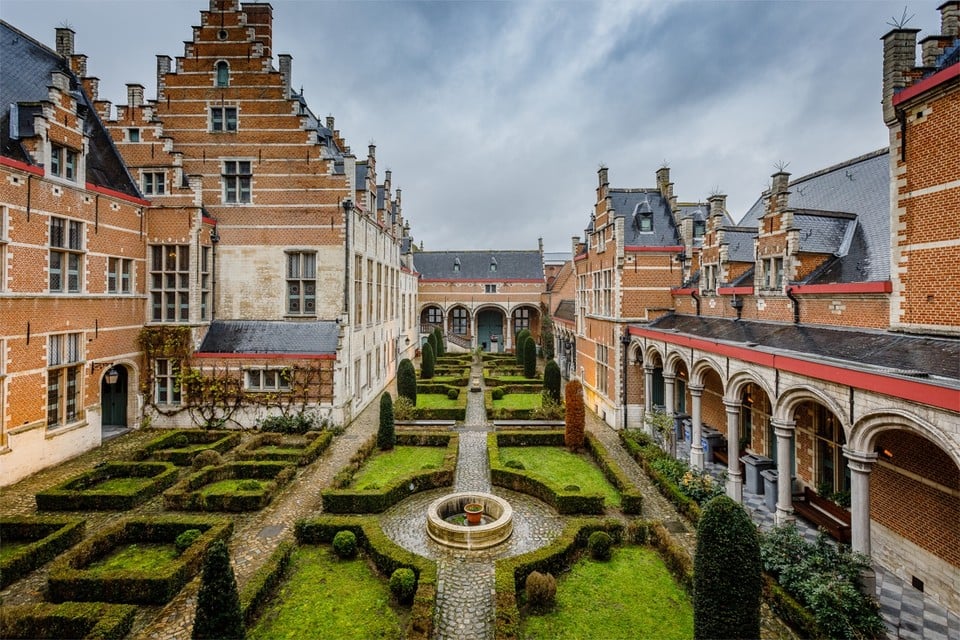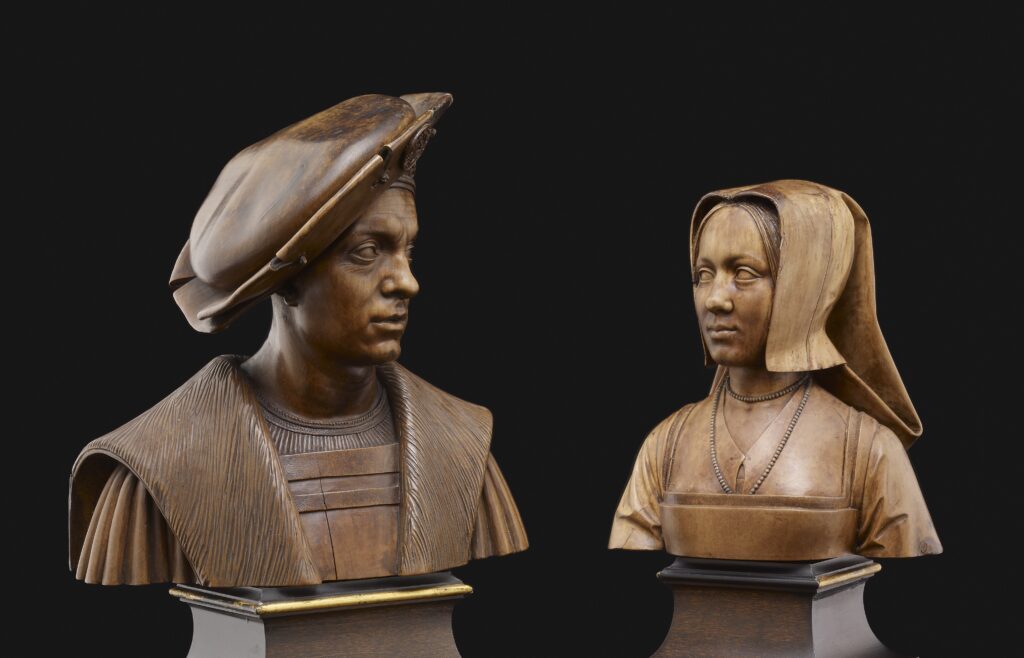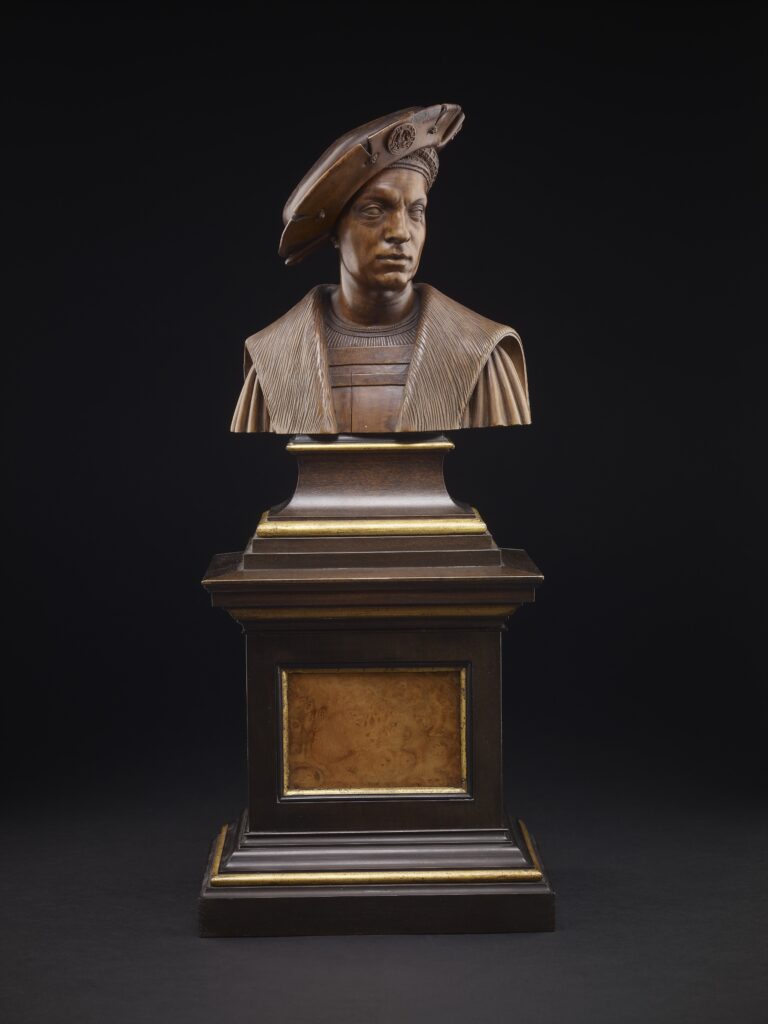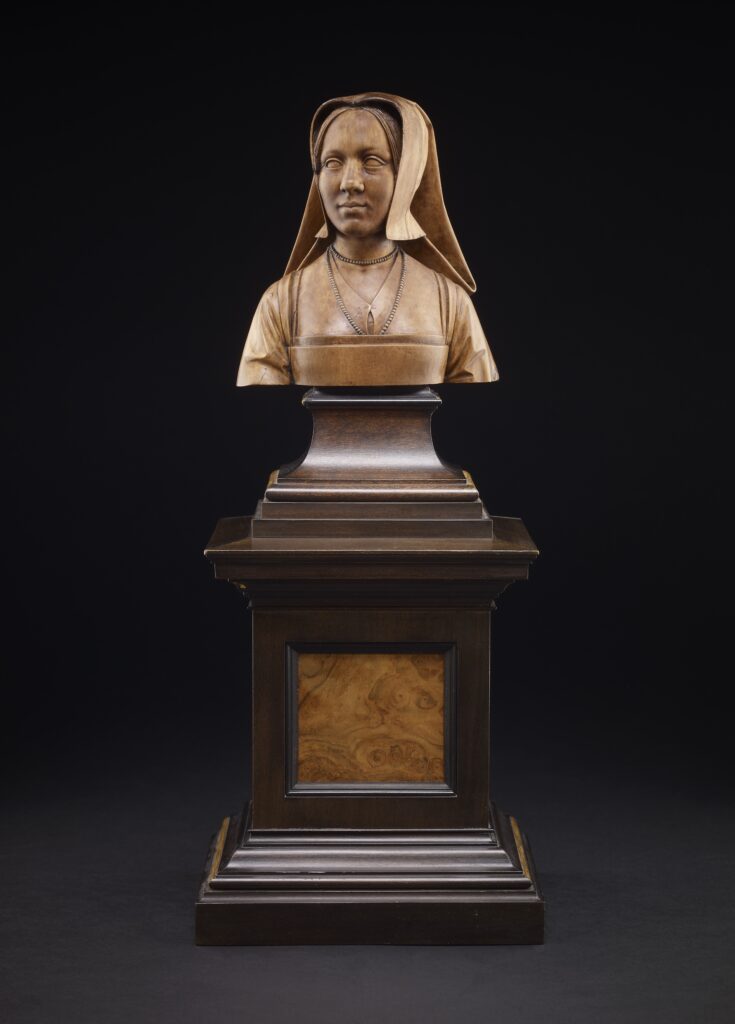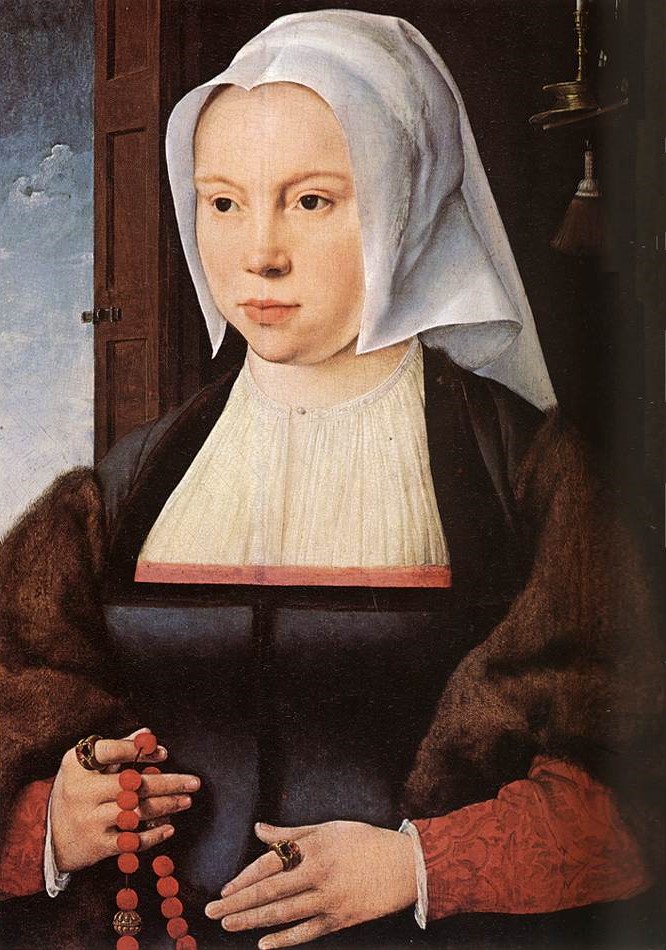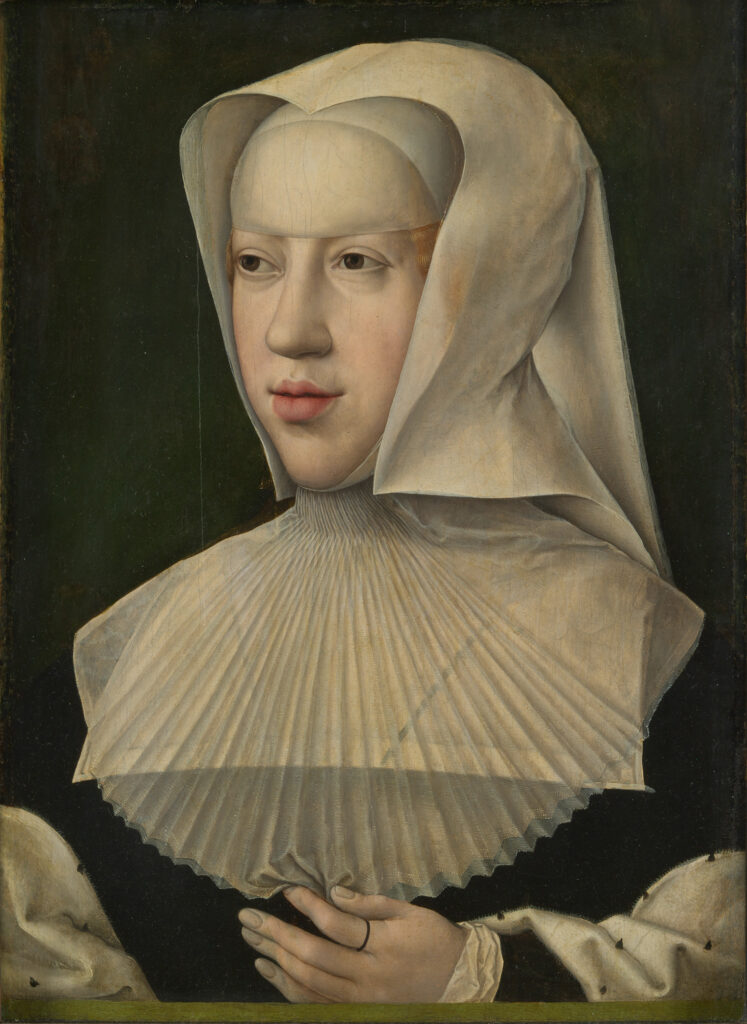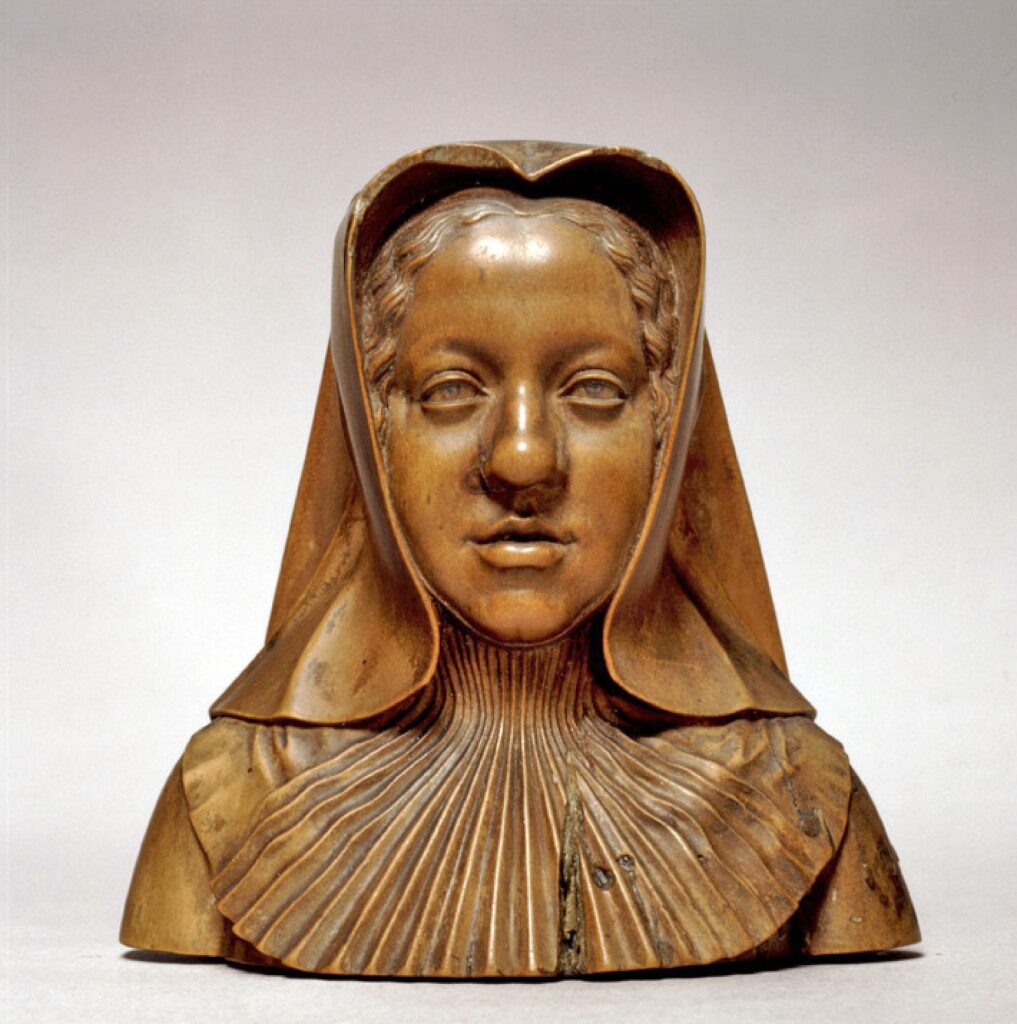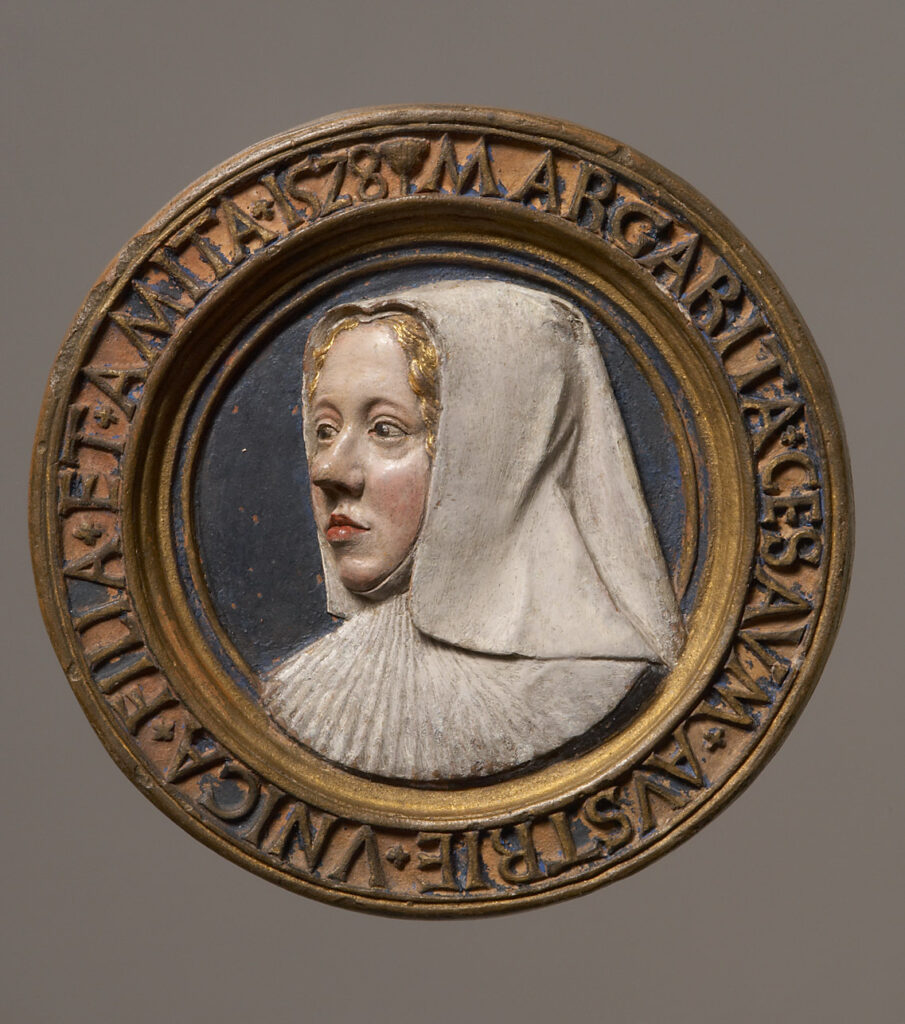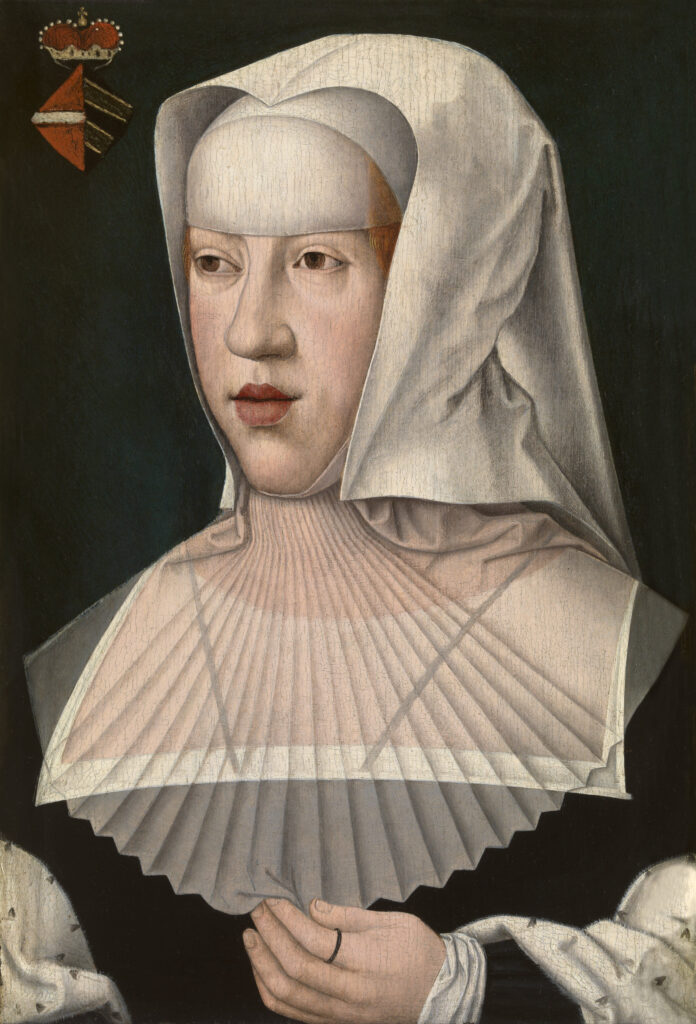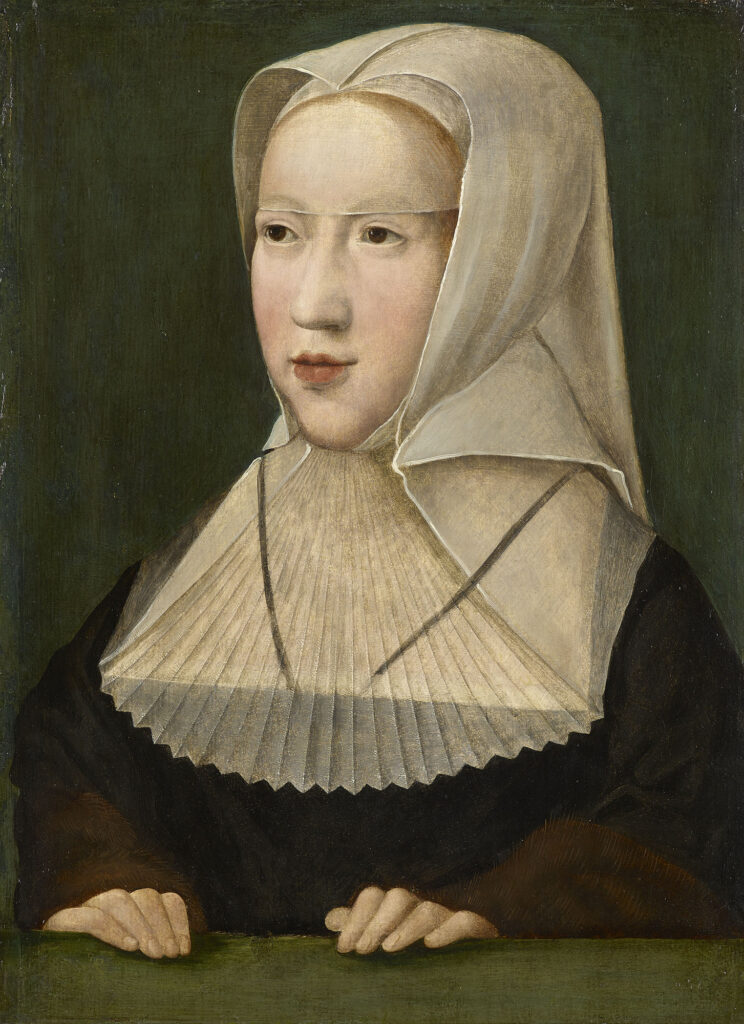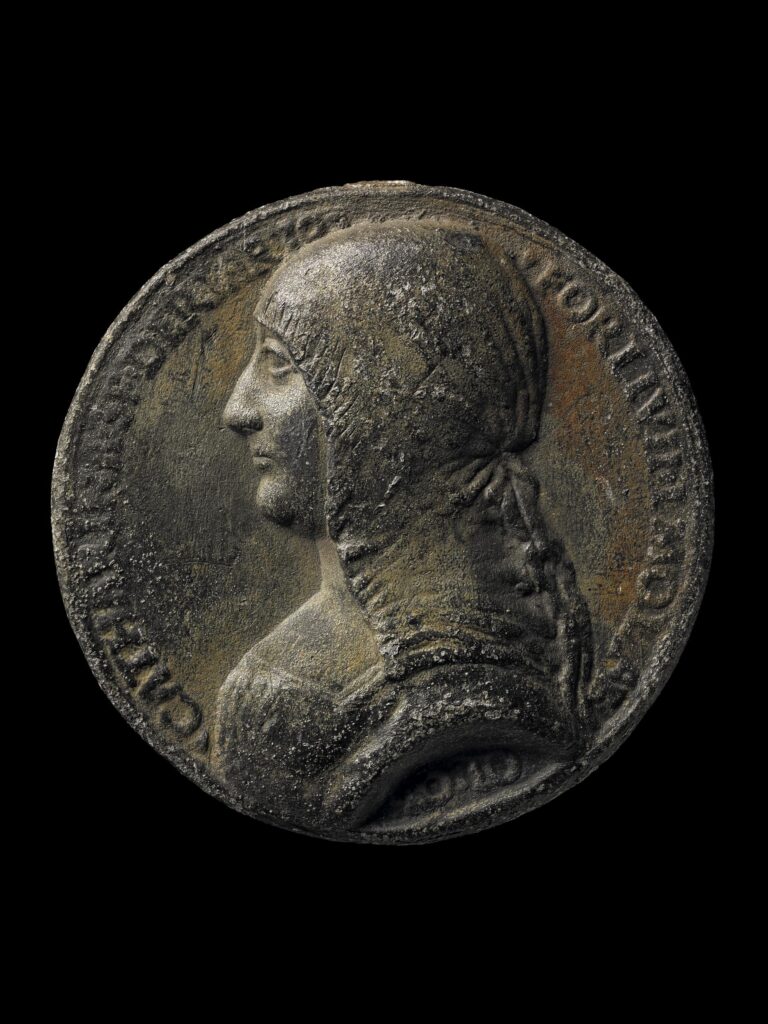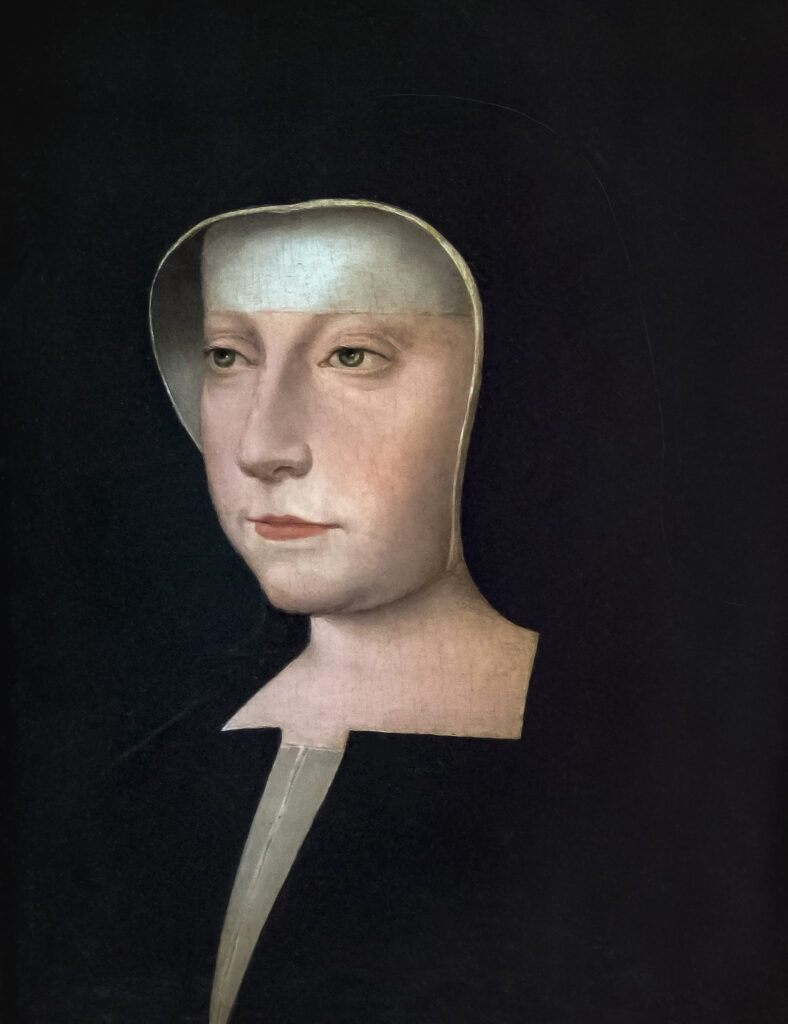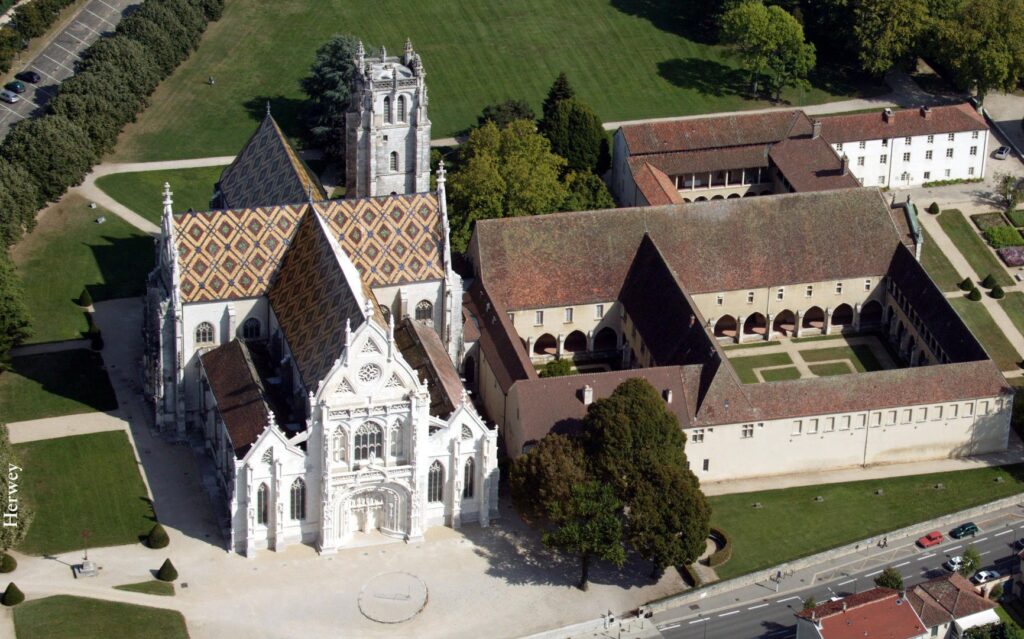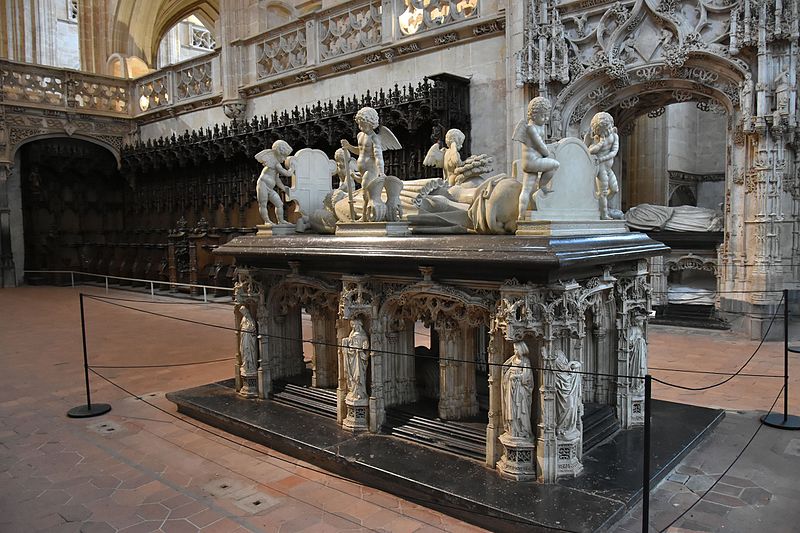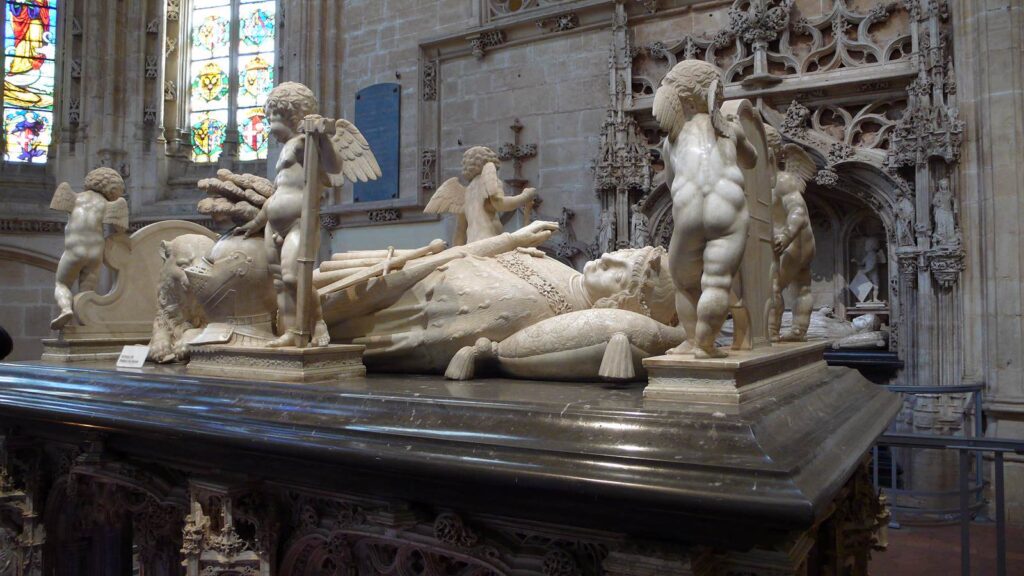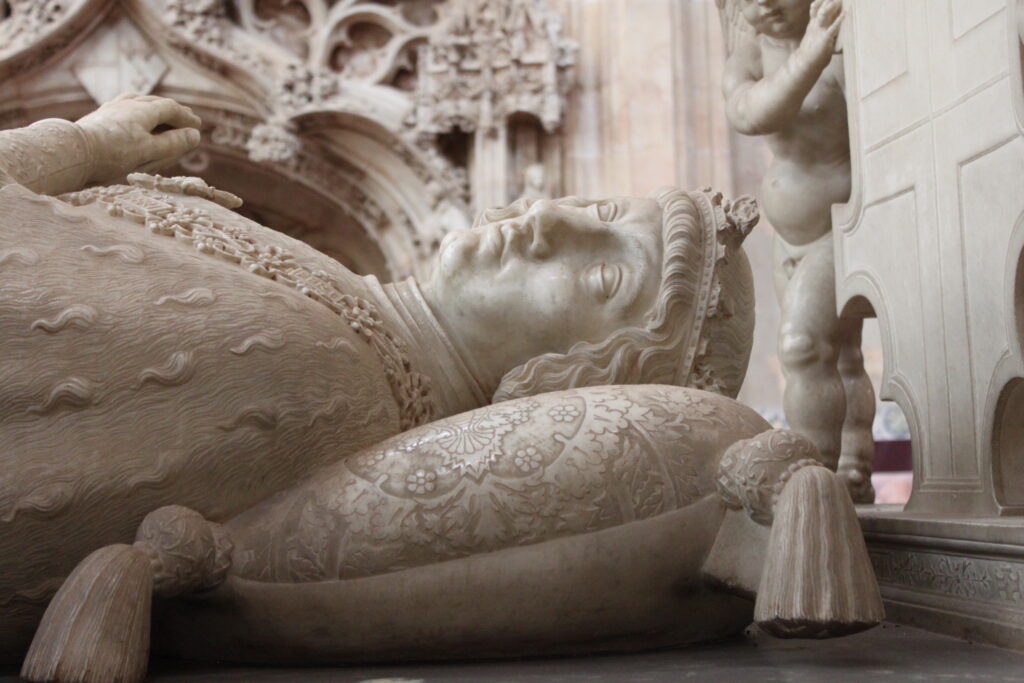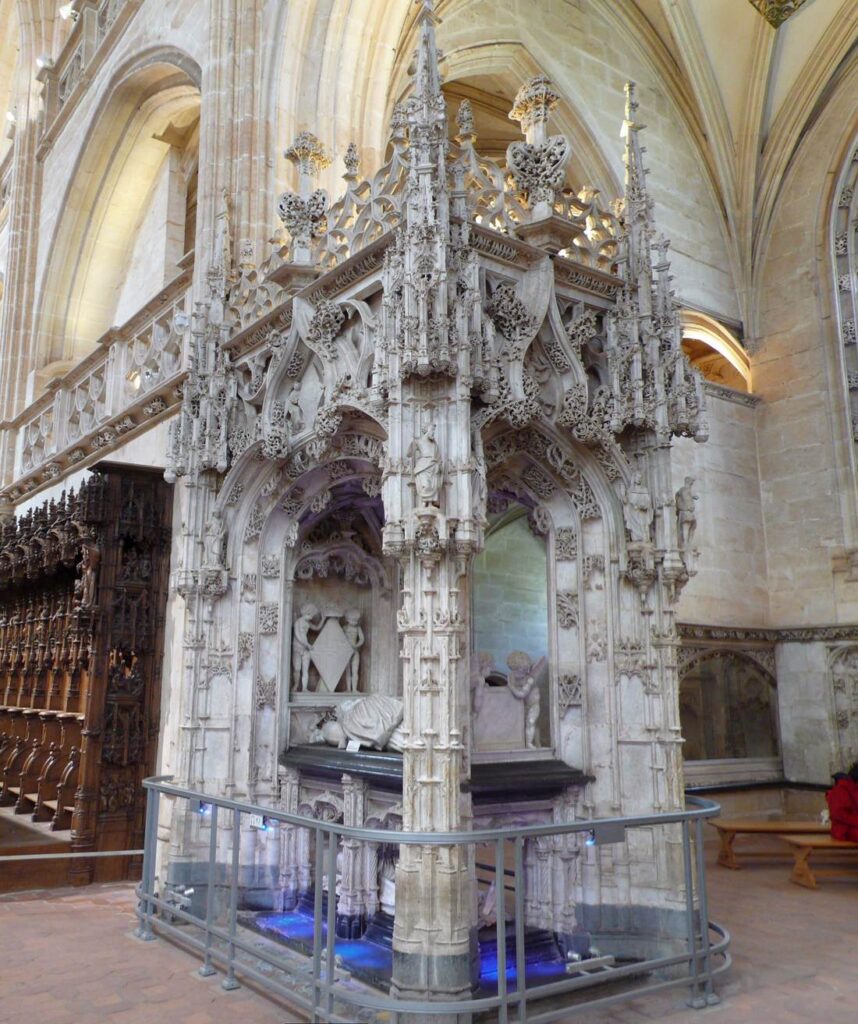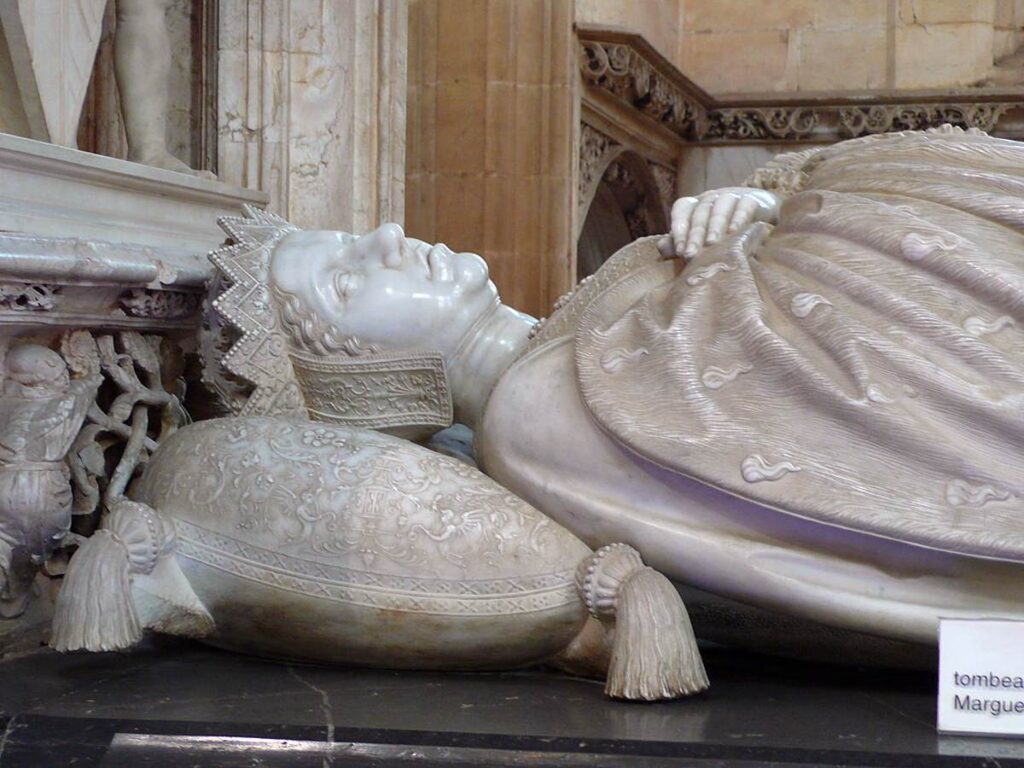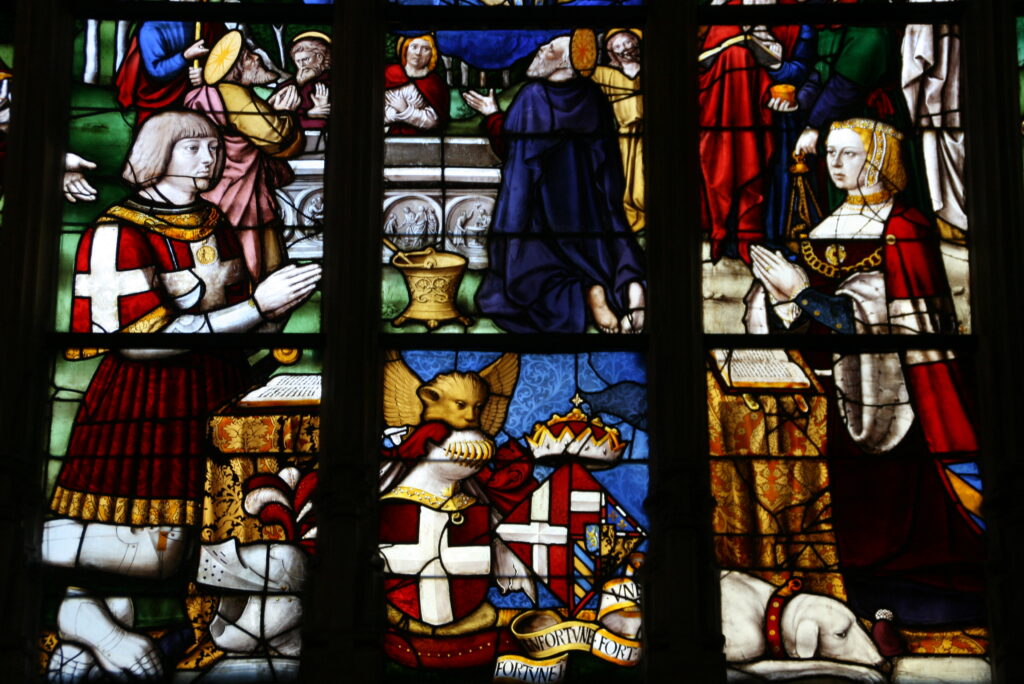For female rulers of the Renaissance, self-staging through portraits was unsurprisingly far more linked to their gender than for their male colleagues. Let’s dive right in by looking at one stateswoman who played a decisive role in shaping the political landscape of her time: Margaret of Austria (1480—1530), the secret mistress of the Habsburgs.
Meeting Margaret
Margaret was born the only daughter of Maximilian I, emperor of the Holy Roman Empire, and Mary of Burgundy at the interface between the Middle Ages and the Renaissance. Her high status as a member of the Habsburgs, a rising dynasty in Europe, made her one of the most sought-after royal brides. She was successively married to the Spanish Crown Prince Juan and Duke Philibert II of Savoy, whose premature deaths left Margaret a childless widow at the young age of 24.
Her father then appointed her Governor of the Habsburg Netherlands, a region encompassing the modern Benelux countries. An intelligent and politically apt woman, Margaret’s regency brought economic prosperity and political stability. Maximilian also entrusted her with the upbringing of her nephew, future Emperor Charles V. Charles appreciated his aunt’s competence in government and sent her on several significant missions that would earn her the moniker of Europe’s greatest diplomat. Margaret also acquired a reputation as one of the most distinguished patrons of the arts in Northern Europe, collecting splendid pieces such as Jan van Eyck’s legendary Arnolfini portrait. Among the many works she owned, her portraits are the most pivotal to promoting her rank and that of her house.
The Regent’s Residence
Margaret took up residence in Mechelen, a city situated between Brussels and Antwerp. The name of her palace, the Court of Savoy, demonstrates the strong bond with her second husband Philibert, which became core to her identity in portraiture. As was common practice at courts, Margaret had the main assembly room hung with portrait paintings of her ancestors, living relatives, and foreign princes.
While a modern viewer might feel uncomfortable being observed by many a painted face, Margaret’s contemporaries would have been awestruck by an aura of dynastic leadership. If you were looking for a portrait of the regent herself, however, you would have been disappointed. Margaret had her portraits exhibited in other parts of the palace, perhaps to not imply equal rank with ruling monarchs. As governor, she only acted in service of her father and nephew respectively. And “female humbleness” was required after all. One of the rooms to feature her portrait was the library, where Margaret had paintings, sculptures, and numerous other objects displayed. Among the most precious works were two marble busts of her and Philibert. Unfortunately, these sculptures are now lost but can be linked to two existing small-scale busts of boxwood, which resemble the marble portraits’ description from the inventory.
National Identity for Dynastic Consolidation
